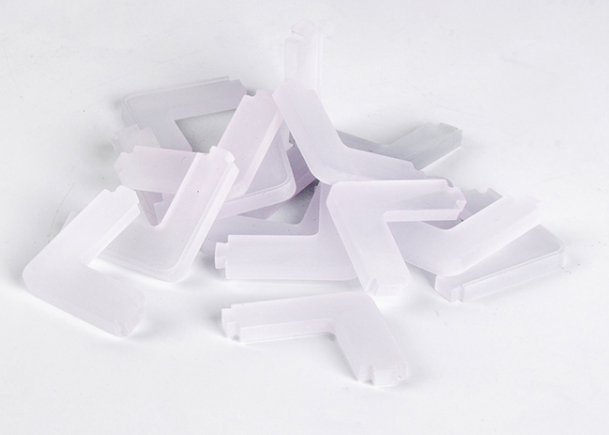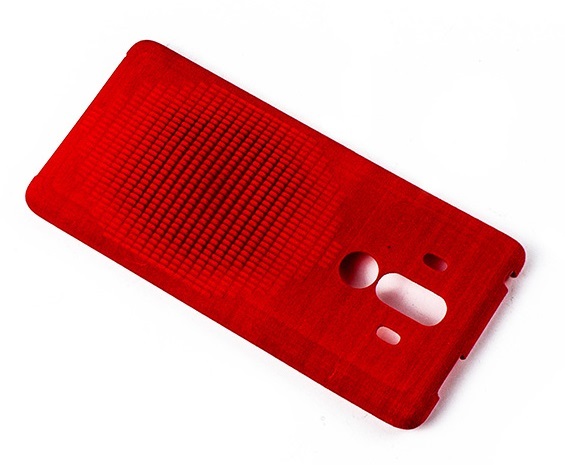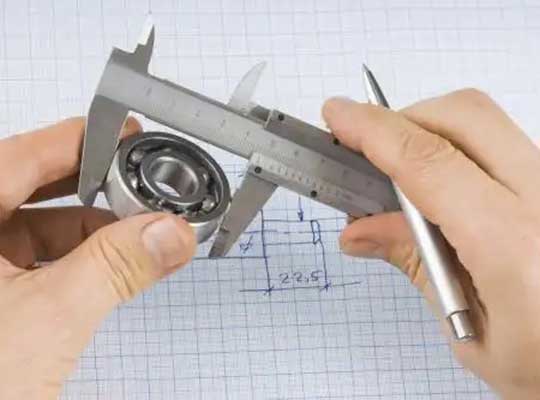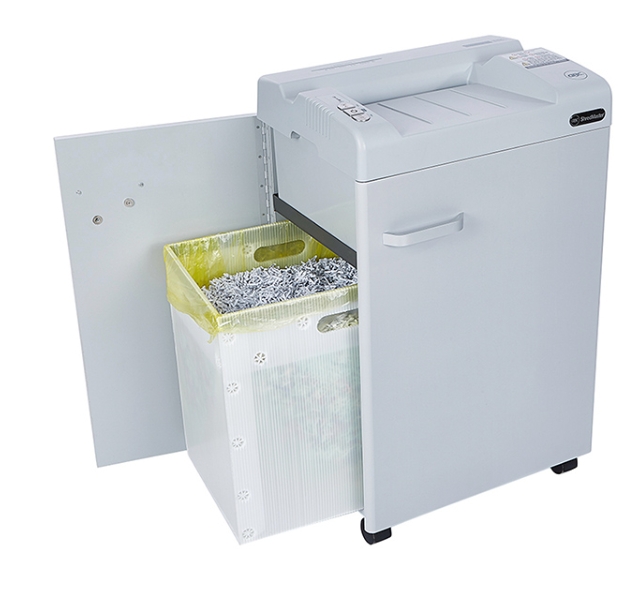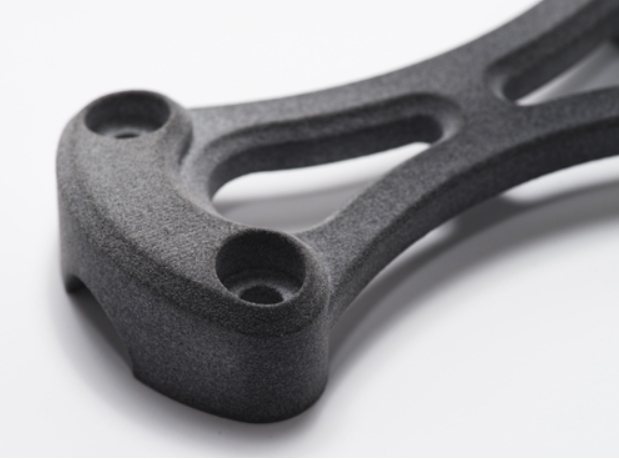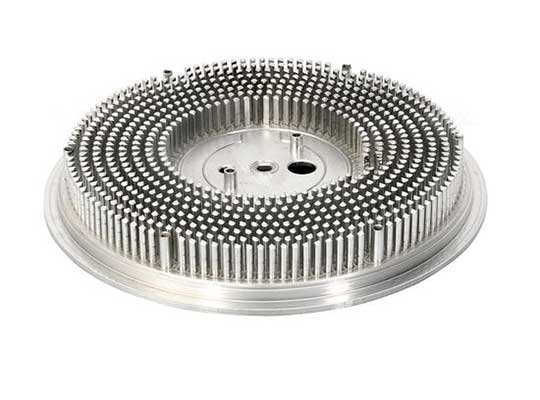If you’re a product designer, مهندس, or entrepreneur working on prototype development, you’ve probably asked: Can 3D printing prototypes use PC material? The short answer is نعم—and PC (البولي) is actually one of the most popular choices for 3D printed prototypes. In this article, we’ll break down why PC works so well, its key benefits for prototypes, how to use it effectively, and even share insights from industry experts. By the end, you’ll know exactly when and how to choose PC for your next 3D printing project.
What Is PC Material, and Why Is It Suitable for 3D Printing Prototypes?
أولاً, let’s start with the basics: الكمبيوتر الشخصي (البولي) is a thermoplastic engineering plastic known for its exceptional strength and versatility. Unlike common 3D printing materials like PLA (polylactic acid) or ABS (acrylonitrile butadiene styrene), PC is designed to handle real-world stress—making it a natural fit for prototypes that need to mimic final product performance.
But what makes it specifically suitable for 3D printing prototypes? Let’s look at the core properties that matter most for prototype development:
| Property of PC Material | Key Advantage for 3D Printing Prototypes | Typical Performance Data |
| Thermal Stability | Maintains shape and strength in high/low temperatures (critical for testing product durability in harsh environments) | Can withstand temperatures from -40°C to 130°C (-40°F to 266°F) |
| Mechanical Strength | Resists bending, warping, or breaking during functional tests (على سبيل المثال, pressure tests for enclosures) | Tensile strength of 65 MPA; flexural strength of 95 MPA |
| المقاومة الكيميائية | Stands up to common chemicals (oils, detergents, mild acids) that prototypes might encounter in testing | Unaffected by most household and industrial cleaners |
| Printability | Works with FDM (نمذجة ترسب تنصهر)—the most accessible 3D printing technology for prototypes | Requires a heated bed (80-110درجة مئوية) and nozzle temp (250-300درجة مئوية), but most mid-range 3D printers can handle this |
5 Key Benefits of Using PC Material for 3D Printing Prototypes
When you’re deciding on a material for your prototype, you need more than just “it works”—you need it to solve specific problems. ها هي القمة 5 benefits of choosing PC for 3D printed prototypes, each tailored to the needs of product teams:
1. High Transparency for Visual and Light-Related Prototypes
Many prototypes (like light fixtures, عدسات الكاميرا, or display enclosures) need to be transparent or semi-transparent to test aesthetics or light transmission. PC material offers 90% انتقال الضوء—similar to glass—without the brittleness. This means you can 3D print a prototype that looks and functions like the final transparent product, no extra polishing required.
على سبيل المثال: If you’re designing a smartwatch screen cover, a PC prototype will let you test how light passes through the cover and how the display looks to users—something opaque materials like ABS can’t do.
2. Excellent Impact Resistance for Durability Testing
One of the biggest reasons engineers choose PC is its unmatched impact resistance. PC is 250 times more impact-resistant than glass and 30 times more than acrylic. For prototypes that need to undergo drop tests, pressure tests, or daily wear (like tool handles or electronic device casings), this is a game-changer.
Real-world use case: A team developing a portable Bluetooth speaker used PC to 3D print prototypes. They dropped the prototype from 1.5 meters (5 قدم) 20 times—and the PC prototype showed no cracks or damage, while an ABS prototype broke on the 8th drop.
3. Wide Temperature Range for Environmental Testing
Prototypes often need to be tested in extreme temperatures—think a car part that sits under the hood (hot) or a medical device used in cold storage (cold). PC’s مقاومة الحرارة and low-temperature stability mean it won’t soften, crack, or lose strength in these conditions.
على سبيل المثال: A HVAC (heating, ventilation, air conditioning) manufacturer used PC prototypes to test duct components. The prototypes held up perfectly in 120°C (248° f) heat—matching the performance of the final production part.
4. Customizable Specifications for Tailored Prototypes
No two prototypes are the same—and PC material doesn’t force you to compromise. Suppliers offer PC in multiple variants, so you can pick the one that fits your project:
- Standard PC: For general-purpose prototypes (على سبيل المثال, product casings).
- Reinforced PC (with glass fiber): For extra strength (على سبيل المثال, mechanical parts like gears).
- Flame-Retardant PC: For prototypes used in electronics or aerospace (meets UL94 V-0 standards).
- Colored PC: For testing aesthetics without painting.
5. Cost-Effective for Iterative Testing
Prototyping is all about iteration—you’ll likely print 2-3 versions before getting it right. PC is more affordable than high-end materials like PEEK (polyether ether ketone) but still offers professional-grade performance. This makes it ideal for small teams or startups that need to keep costs low while producing high-quality prototypes.
Compare costs (لكل كيلوغرام) for common 3D printing materials:
- جيش التحرير الشعبى الصينى: \(20- )30
- القيمة المطلقة: \(30- )40
- الكمبيوتر الشخصي: \(40- )60
- نظرة خاطفة: \(300- )500
How to Choose the Right PC Material and 3D Printing Service for Your Prototype
Now that you know PC is a great choice, how do you make sure you’re using it correctly? Follow these steps to avoid common mistakes and get the best results:
- Define your prototype’s purpose first: Ask yourself:
Answering these questions will help you pick the right PC variant (على سبيل المثال, flame-retardant PC for an electronic prototype).
- Will it be used for visual testing (جماليات) or functional testing (قوة, مقاومة الحرارة)?
- Does it need to be transparent, flame-retardant, or extra strong?
- What temperature or stress will it be exposed to during testing?
- Work with a professional 3D printing service: While you can print PC on a home FDM printer, professional services offer:
When vetting a service, ask:
- Higher precision (layer heights as low as 0.1mm for smooth surfaces).
- ضبط الجودة (testing for warping or layer adhesion).
- Access to specialized PC variants (like glass-reinforced PC) that home printers can’t handle.
- Do you have experience printing PC prototypes for my industry (على سبيل المثال, طبي, السيارات)?
- Can you provide samples of past PC projects?
- What post-processing options do you offer (على سبيل المثال, polishing for transparent parts)?
Yigu Technology’s Perspective on PC Material for 3D Printing Prototypes
في Yigu Technology, we’ve supported hundreds of clients in developing 3D printed prototypes— and PC remains one of our most recommended materials. We’ve seen firsthand how PC bridges the gap between “concept” and “real product”: it’s strong enough to mimic final parts, transparent enough for visual tests, and flexible enough to fit custom needs. For clients in electronics, السيارات, or consumer goods, PC prototypes often cut down iteration time by 30% because they hold up to rigorous testing—no need to reprint due to material failure. We always advise clients to start with PC if their prototype needs durability or transparency; it’s a reliable, cost-effective choice that rarely disappoints.
التعليمات: Common Questions About Using PC for 3D Printing Prototypes
1. Is PC material more difficult to 3D print than PLA or ABS?
PC does require slightly more specialized settings (على سبيل المثال, a heated bed and higher nozzle temperature) than PLA, but it’s not overly complex. Most mid-range FDM printers (priced $500+) can handle PC with minor adjustments. Professional 3D printing services make this even easier—they’ll handle the settings for you.
2. Can PC prototypes be painted or post-processed?
نعم! PC prototypes can be sanded, painted, glued, or even polished (for extra transparency). Just make sure to use paints or adhesives designed for plastics—avoid harsh solvents that might damage the material.
3. How long does a 3D printed PC prototype last?
With proper care, a PC prototype can last for months to years—even with regular testing. Unlike PLA (which can become brittle over time), PC is resistant to UV light and aging, so it won’t degrade quickly. This makes it great for long-term testing projects.
